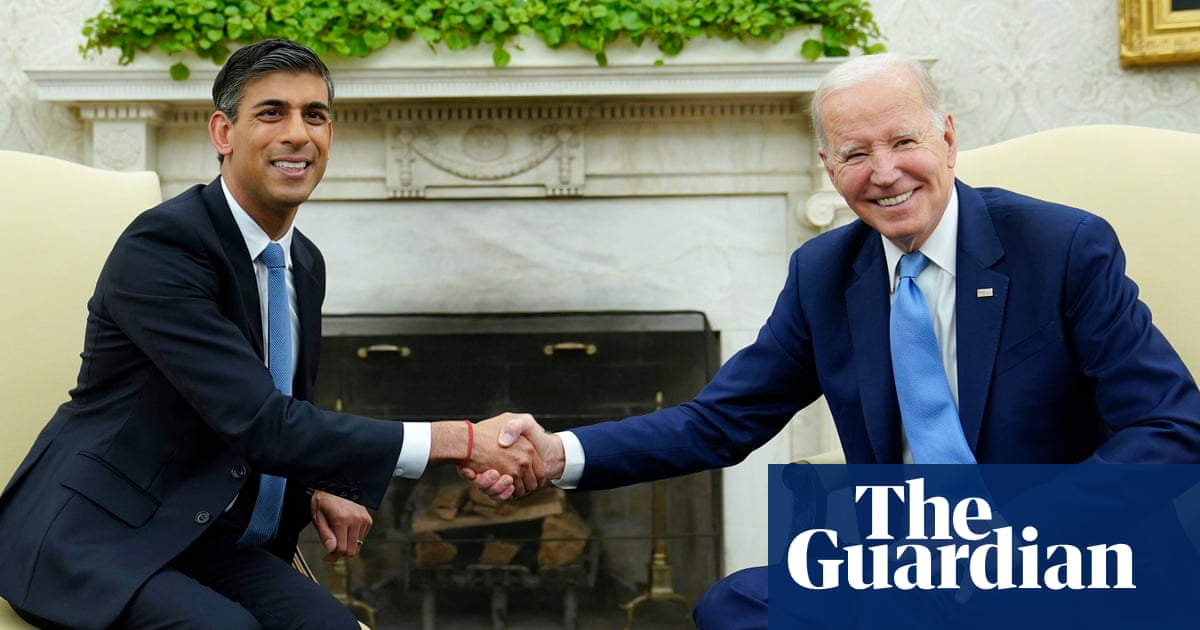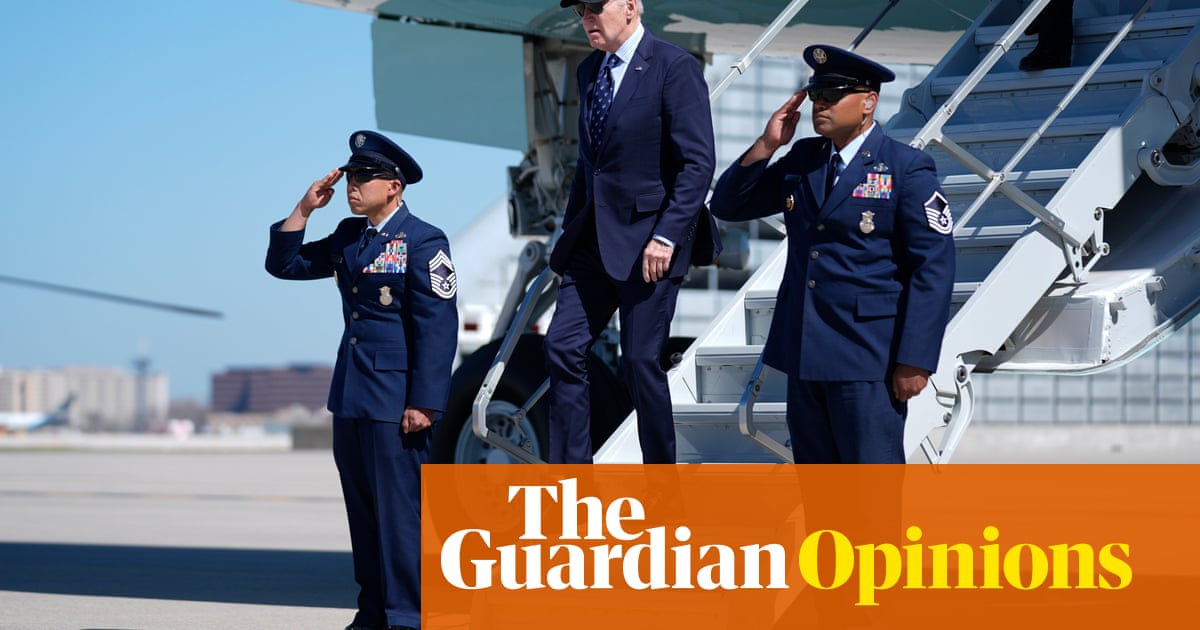
f all the foreign hazards, snares, pitfalls and timebombs left behind by Donald Trump, Afghanistan is arguably the worst. Joe Biden must decide in the coming days whether or not to abide by his predecessor’s shabby “peace deal” with the Taliban and withdraw all US troops by the end of April. It’s a president-sized trap.
The point being, there is no peace, no viable deal, and no easy answer. All three main options – leave now, delay the US and Nato departure by, say, six months, or stay indefinitely – are fraught with danger. Biden may be damned whatever he does. The war is a hole dug by others. But he’s in it now – and it risks becoming his hole.
Biden’s lucky, in the sense that, for him, this is a political problem. For Afghans, it’s a matter of life and death. UN figures for 2020 reveal a surge in violence after Trump recklessly ordered what amounted to a dishonourable retreat. The final three months of last year saw 2,792 civilian casualties, including 891 deaths.
The same period brought a rise in assassinations of civil society activists, government workers, and journalists, particularly women, even as Taliban and US negotiators discussed future power-sharing and a permanent ceasefire. Those talks are now on hold pending Biden’s decision. Meanwhile, fighting in southern Afghanistan is intensifying.
Almost exactly 20 years after George W Bush invaded, with UK and Nato backing, Afghanistan’s misery can be quantified in many other ways. The Save the Children charity reported last year that at least 26,000 children were killed or maimed between 2005 and 2019 – an average of five children every day.
Exactly 12 years after Barack Obama doubled US troops in a desperate bid to win the war, the number of civilians killed by US and allied airstrikes has risen, up 330% since 2017. Yet the original American target – al-Qaida terrorists – retain a strong foothold, facilitated by the Taliban as in 2001, notwithstanding their denials.
Despite billions of dollars’ worth of often misappropriated international aid and assistance, Afghanistan still features on the UN’s list of least developed countries. Hard-won progress in democratic governance, education, health and women’s rights is threatened by a fundamentalist comeback and endemic corruption.
Many Afghans rightly fear the collapse of the elected but fragile government of the current president, Ashraf Ghani, and a return to the anarchy of the pre-9/11 period when the Taliban violently imposed regressive Islamist beliefs and laws while fighting opposing warlords and non-Sunni minorities.
This appears to make the first option – leave now and don’t look back – an all but impossible choice, personally and morally, for Biden. As Obama’s vice-president, he criticised the futility of an unwinnable conflict squandering American lives. But he says he is “haunted” about what happened in Vietnam the last time the US cut and ran. He has pledged to “end the war responsibly”.
Yet the downside of not leaving promptly could be significant. The war is unpopular; polls suggest most Americans want out. Any new US casualties would be blamed on Biden. So, too, would the ongoing strategic, diplomatic and financial cost when, for many, the pandemic, China, and the climate crisis are more pressing priorities.
The opposite option – staying on indefinitely until the war is won and a functioning democracy capable of protecting its people is created – attracts similar objections. The US would be back at square one, with no clear path to victory, with a government lacking incentives to stand on its own feet, and facing unchecked military escalation.
Taliban spokesmen insist all 2,500 remaining US troops must leave by 1 May, as previously agreed. If not, direct hostilities, confined at present to clashes with government forces, may resume. In such a scenario, Biden might have to send reinforcements – and ask Nato allies to do likewise. To say they would be reluctant is an understatement.
That leaves the middle way: negotiating a time-limited extension to the withdrawal (which has already been put on temporary hold by Nato). The breathing space could be used, in theory, to agree a more credible national roadmap to durable peace and ensure the Taliban stick to their promises, especially on unfriending al-Qaida and Isis.
Some analysts believe the Taliban would welcome extended talks if they elevated their future role in government and conferred international legitimacy. The US has carrots to dangle: a lifting of UN sanctions, prisoner releases, and removal from its list of terrorist groups.
An extension is thus Biden’s most likely course – in line with the advice of the independent, congressionally mandated Afghanistan Study Group. Its report, published this month, urges the US to stay until its objectives and interests are met and current levels of violence are greatly reduced.
But Stephen Walt, Harvard professor of international relations, argues that could take for ever. The report broadly defines US interests as establishing an “independent, democratic and sovereign Afghan state”, eliminating the al-Qaida threat, halting illegal migration and drugs trafficking, protecting human rights, encouraging self-reliance and reinforcing regional stability.
“These are worthy goals, but they are not remotely in sight given where Afghanistan is today,” Walt wrote. His verdict is brutal but accurate. This is the trap that could ensnare Biden. However long he hangs on for a better deal, however hard he pushes for a better future, there is no sure prospect it can be achieved. So why keep trying?
Walt does not have an answer to this conundrum. In truth, no one does. Anyone who claims otherwise is a fool or a fraud. The gulf between Afghan aspiration and reality yawns ever wider. Each day it is silently measured in hopes crushed, blood spilled, and tears shed.












